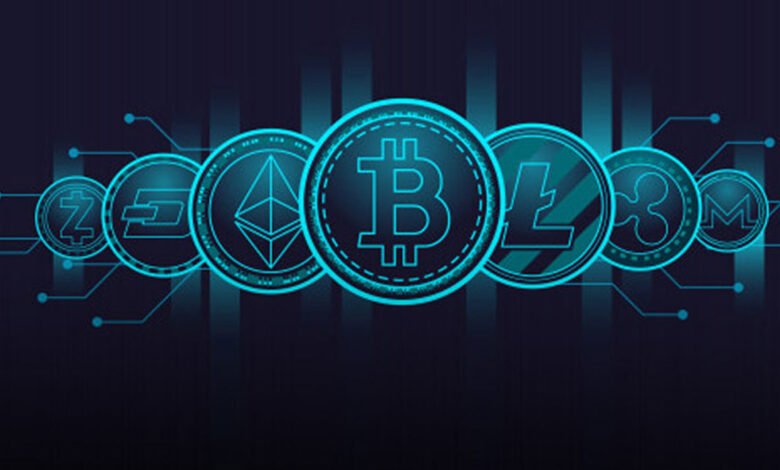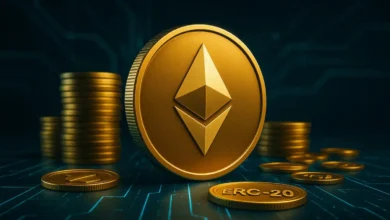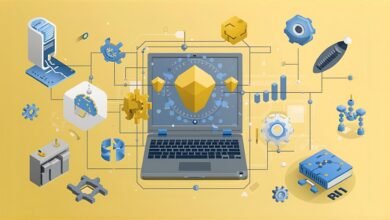
Blockchain technology’s emergence has opened a range of practical uses; one of the most creative developments is the “Move-to-Earn” (M2E) idea. Users of this concept can earn cryptocurrencies only by walking or performing other physical exercise. It provides a new approach to supporting better living while engaging in the growing crypto economy by combining fitness with money.
Earn Crypto by Moving

Mobile programs called Move-to-Earn track a user’s physical movements—such as walking, jogging, or cycling—and pay digital tokens back. One can trade, sell, or employ these incentives inside a larger blockchain system. M2E apps seek to inspire users to be active while concurrently exposing them to cryptocurrencies by matching money incentives with physical exercise.
Usually, starting with downloading M2E software, users must build a Crypto Wallet and occasionally purchase an NFT (non-fungible token) that functions as a virtual sneaker or avatar. Once configured, the app records movement using motion sensors and GPS and generates rewards based on it.
Smart Reward Systems
These systems are built on blockchain technology, which offers a distributed, tamper-proof method for tracking physical activity and reward distribution. Blockchain is open and unchangeable; hence, users can believe that their actions are fairly rewarded and correctly recorded.
Blockchain also makes smart contracts and NFT ownership possible. In M2E apps, NFTs often improve earning potential; some virtual sneakers, for instance, can enable premium features or yield more incentives. By automating the reward process, smart contracts guarantee accurate and timely payments.
Move-to-Earn Platforms
Combining captivating user experiences with reliable Blockchain architecture has helped several M2E platforms establish themselves:
Among M2E platforms, STEPN may be the most well-known. Running on the Solana blockchain, users must start earning by buying an NFT sneaker. Users receive tokens, such as GST (Green Satoshi Token) and GMT (Green Metaverse Token), in-app or through cryptocurrency exchanges.
One additional readily available platform that pays users for walking without requiring an NFT purchase is ARUCO. Engaging in daily step objectives and in-app activities will allow users to earn tokens such as Bitcoin, Ethereum, or USDT.
Typically using BNB tokens on the Binance Smart Chain, Step® pays users for walking a minimum of 4,000 steps each day. Owning STEP® tokens or NFTs can also provide extra money.
SuperWalk is a gamified experience that combines dual-token systems that reward players depending on their movement with NFT sneakers. Emphasizing camaraderie and competitiveness motivates users to reach crypto reward-based fitness goals.
Move-to-Earn Benefits
The move-to-earn approach has many advantages beyond the financial ones:
Encourages Better Lifestyles: M2E apps motivate consumers to walk more, matching their financial drive with their health objectives.
Introduces Blockchain: These systems provide a means to enter the crypto realm, particularly for consumers unfamiliar with digital assets.
Although income might not change people’s lives, it offers a meager but significant incentive for everyday work.
Leaderboards, team challenges, and social elements foster community and pleasant competitiveness.
Move-to-Earn Challenges

The move-to-earn approach has difficulties, notwithstanding its attraction: Some services demand NFTs or tokens to start earning, which could discourage new users. Tokens’ value changes with the crypto market; hence, your winnings could quickly lose value. These devices track physical movements and gather user information, therefore generating possible privacy and data usage issues.
As crypto rules change, M2E systems could come under fresh limitations that impact their operations or reward distribution.
Move-to-Earn Potential
Although it is still in its early stages, the move-to-earn concept demonstrates significant potential. M2E systems may expand as more individuals search for innovative approaches that combine wellness with technology. Future innovations could include more complex reward systems, wearable tech integration, corporate wellness programs, or healthcare provider collaboration.
The open and safe character of blockchain makes it a powerful basis for further developments in fitness technology. Given growing curiosity in personal health and cryptocurrencies, move-to-earn could help link the digital and physical worlds.
Conclusion
Blockchain technology has interesting and practical applications in daily life, particularly in move-to-earn systems. These apps motivate users to stay active and involved with their health by making walking a revenue source. Walking can serve as the incentive you need, whether or not you are interested in cryptocurrencies or simply looking for a way to be more active.








